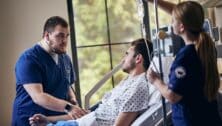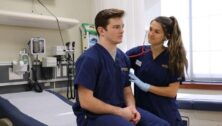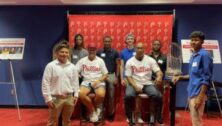Widener Disaster Drill Gives Real Life Experience to Nursing Students
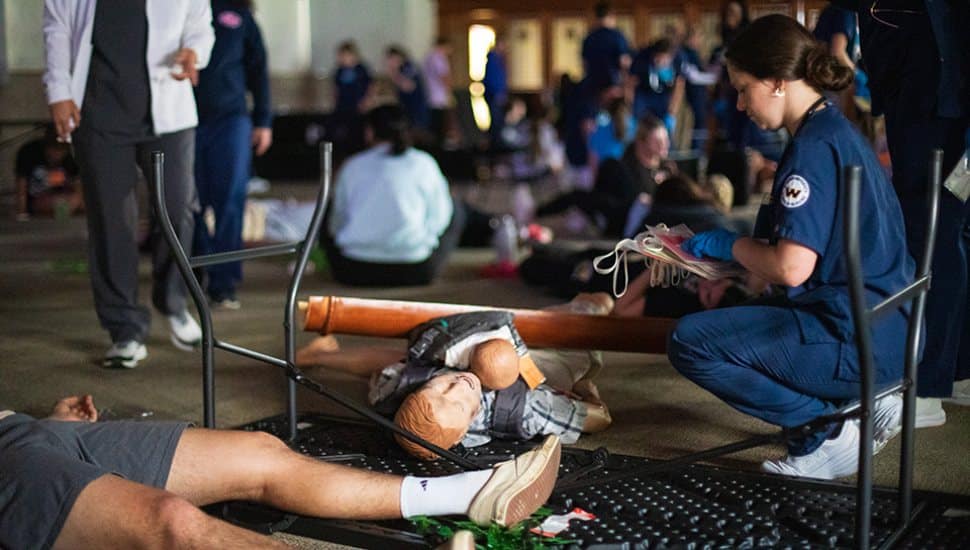
It was a nightmare scenario Widener University hopes never comes.
A tornado touched down on campus and now a large crowd of students who had been attending a job fair moments before in Latham Hall were on the floor sheltering in place as the storm raged outside.
Some in the crowd were injured and in pain. They were frightened and in the dark
Amidst debris and overturned tables and chairs, an emergency response team of 25 Widener nursing students arrived to assess the scene, coordinate personnel, and treat injuries.
Vulnerable victims were treated and quickly moved out of the unstable building for further treatment outside, the last stage before they would be transported by ambulance and buses to area hospitals.

The hour-long Widener disaster drill on April 17 gave senior nursing students a taste of what a real disaster might be like.
The drill took what they learned in the classroom and put it into practice, testing their emergency preparedness and response skills.
The simulation was led by Cathy Evans, an associate nursing professor at Widener.
Evans is well-versed in disaster response. She’s a nurse specialist for strategic preparedness and response under the Department of Health and Human Services for the federal government.
She’s also a staff nurse for the medical reserve corps for the five counties in the Philadelphia region.
At Widener, she’s developed a disaster and nursing course that has nursing students run paper and pencil tabletop disaster simulations in the classroom before participating in an actual disaster drill.
“I bring in all the things they’ve learned in nursing and all their other courses and put it into a disaster context,” she said.
A variety of scenarios are presented in drills to the nursing students to give them real-life experiences. This was one of the larger ones, she said.
Other simulations have used smaller settings–hospital scenes, psychiatric centers, and community environments.
Last year, it was a collapsed bleacher at a concert, with an active shooter.
“Every place that a nurse provides care to a patient, we provide a simulation for it, because we can’t always get those exact experiences that the students absolutely need,” Evans said.
The drills give the students a plan should they ever need to respond to a real disaster. It gives them a safe place to make mistakes and learn, she said.
“The students are totally on their own,” Evans said. “You’ll see good leadership emerge. That’s my hope.”
The Widener disaster drill at Latham Hall on on the Chester campus involved approximately 160 nursing students, each taking on different roles.
To make it as realistic as possible, some nursing students donned makeup to play the part of injured victims.
Others took on roles of first responders, disaster nurses, staff nurses, incident commanders, emergency operations staff, observers and even family members and friends showing up looking for loved ones.
A soundtrack of a raging storm coupled with sirens from emergency vehicles completed the scene.
The students arrived knowing that a drill would take place as well as the roles they would play. A pre-briefing reminded them of the incident command structure used at disaster scenes, but they were not told any specifics.
Once underway, students organized themselves, conferred, performed triage, began first aid treatments using whatever was available, and got victims outside, either under their own power, or with assistance.
In a few cases, collapsed tables and overturned chairs doubled as stretchers to carry the victims out.
In quick time, the building was emptied, and the scenario ended with a debriefing of the students discussing what did and did not work.
Michael Ross, a Widener nursing school senior, found himself suddenly in the role of incident commander outside Latham Hall, in charge of 100 different nurses, overseeing four different tents where victims were treated.
His role was to direct and delegate, making sure everyone was active in line with what should be done.
“My expectations were that I was going to be a disaster nurse,” he said. That’s the role he studied up on.
“A few minutes before the simulation I was given the task of being an incident commander and I definitely was not too sure what was going to be going down and what tasks it would encompass,” Ross said.
He found the experience overwhelming at first, but taking on a different role was a good learning experience.
“Looking back I can see how this would be applied to an actual disaster because when you’re dealing with an actual disaster you really don’t know what you’re getting into,” he said.
In hindsight, there is one decision he would have done differently.
Ross had the disaster nurses go into the building first, then the staff nurses, who weren’t as familiar with disaster procedures. Having them go in together, working as a team of two, would have probably been better, he said. In the end, it still worked out pretty well.
“As soon as everyone went in, they all found their jobs and they all gave a helping hand. Even though it was chaotic they still worked together effectively,” he said.
Ross, who will graduate in May with a BSN in nursing, plans to work at an ICU for two years before pursuing a career as a certified registered nurse anesthetist
In the event of a disaster, he could be tasked with handling patients who first present to the emergency department and later transfer to the ICU for intensive care.
“While disaster nursing isn’t something I plan on getting into, it is something that’s core related to healthcare,” he said.
Connect With Your Community
Subscribe to stay informed!
"*" indicates required fields














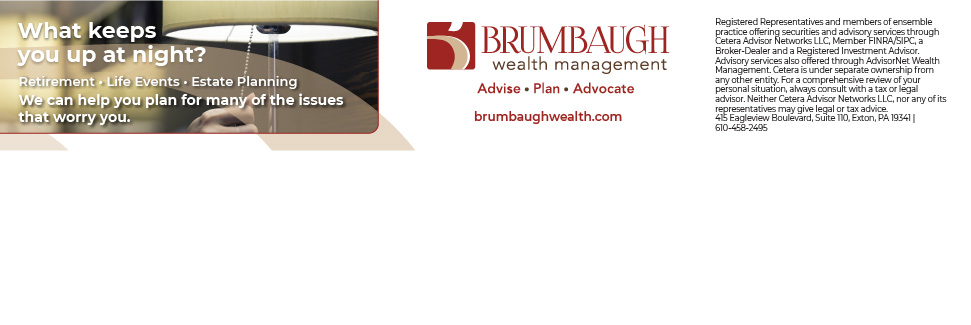








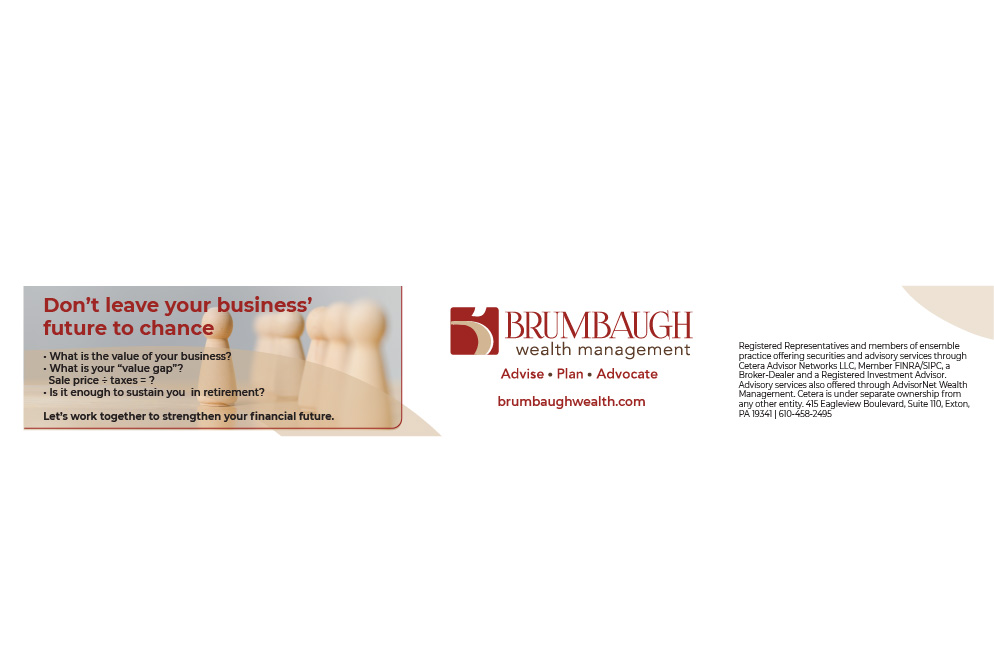
























![95000-1023_ACJ_BannerAd[1]](https://vista.today/wp-content/uploads/2023/03/95000-1023_ACJ_BannerAd1.jpg)
